May 29, 2025
Author:Sam Wonder
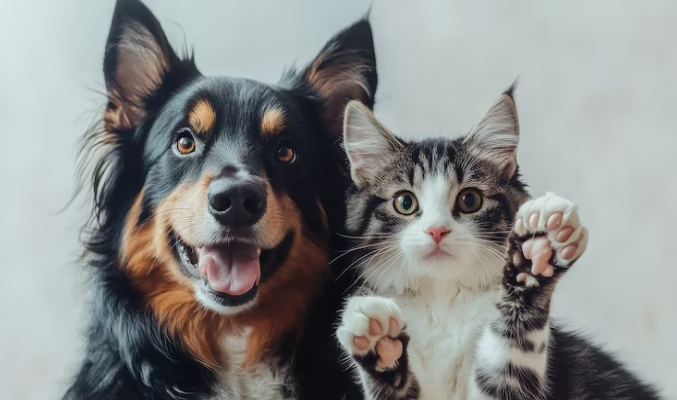
Cats are supposed to be independent, aloof, and low-maintenance. Right? Not always. Some cats follow you from room to room. Some greet guests at the door. Others? They play fetch, wag their tails (sort of), and beg for belly rubs.
That’s not “dog behavior.” That’s cat breeds that break the rulebook. If you’ve ever thought, “I’d get a cat—if only they acted more like a dog,” you’re not alone. And you’re not wrong.
This article clears the air. We’re calling out the cats that fetch, follow, and show affection like their canine counterparts. You’ll learn who they are, why they behave like this, and how to care for them the right way.
Here’s what we’ll cover:
● What makes a cat “dog-like” (and why it’s not rare)
● The most dog-like cat breeds and their quirks
● Behavior patterns to watch for—no matter the breed
● How to encourage and train dog-like behaviors
● When this mix of traits becomes a problem
● Why pet tech like WOpet makes life easier with energetic, attention-seeking cats
Get ready to rethink everything you thought you knew about cats.
It usually boils down to social tendencies, trainability, and energy levels. These cats crave interaction, respond well to commands, and love structured play. And here’s the kicker—this behavior isn’t limited to one or two breeds.
Research from the University of Helsinki’s Faculty of Veterinary Medicine tracked over 4,300 cats across 26 breeds. The study found that certain personality traits—like sociability toward humans and playfulness—varied more by breed than previously assumed. For example, Abyssinians and Turkish Vans scored high on sociability and willingness to follow human cues.
These behaviors don’t show up out of nowhere. They’re baked into the breed’s temperament, but they also grow stronger with training, environment, and even feeding routines.
That’s why some cats feel more like dogs in a cat’s body. And why more pet owners are leaning into smart routines and interactive care tools—like WOpet’s feeders and cameras—to match that energy and responsiveness.
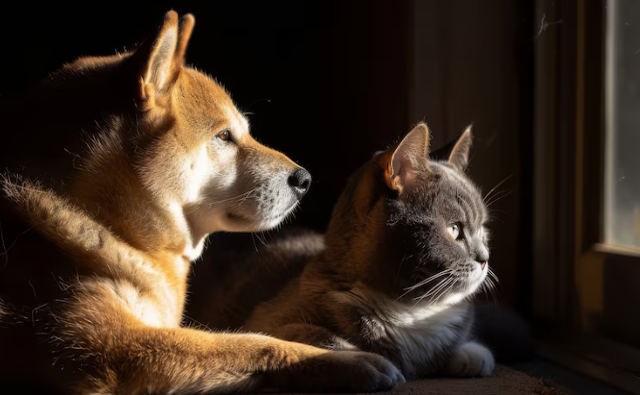
Some cats rewrite the script. They’re not the quiet observers or the window-perch loungers you might expect. Instead, they follow you around, meet you at the door, and sometimes even bring you toys. If you've ever paused and said, "Wait, is this cat...acting like a dog?"—you’re not imagining things. Some breeds are wired that way.
Let’s look at a few of the most well-known cat breeds that flip the usual feline behavior on its head.
● Abyssinian: Always in motion, Abyssinians are the busybodies of the cat world. They stay close, stay curious, and love to be involved. Toss a toy? They might bring it back. Leave a room? They’re on your heels.
● Maine Coon: These gentle giants are more than fluff. Maine Coons often act like four-legged shadows. Many take to leash walks naturally and are the type to wait at the door like a dog waiting for its favorite person.
● Burmese: Talkative and affectionate, Burmese cats thrive on connection. They’ll hop into your lap mid-conversation or hang out by the door while you’re slipping on your shoes. Being left out isn’t their style.
● Turkish Van: These cats are full of surprises, especially when they make a splash. Many Turkish Vans enjoy water, playtime, and human attention in equal measure. Fetch isn’t a trick for them—it’s a favorite pastime.
Every breed on this list offers its own spin on dog-like behavior. Some are all about games and movement. Others are more into closeness and conversation. What unites them is their desire to connect—and stay connected.
Breed matters—but behavior tells you more. Even if your cat isn’t a Ragdoll or a Burmese, you might notice signs that feel oddly familiar. Some behaviors pop up across breeds and mixes. And once you know what to look for, you’ll start seeing the pattern.
Here are the key traits that signal a cat is leaning more dog than feline:
● Shadowing you from room to room: These cats want to be part of your every move. They're not stalking—they're bonding.
● Bringing you toys: Some cats don't just bat toys around. They bring them back. Over and over again.
● Greeting you at the door: This isn't random. It's emotional recognition—and a need for connection.
● Displaying separation stress: Excessive meowing or destructive behavior when left alone isn’t misbehavior. It’s unmet social needs.
● Play styles that mimic fetch or tag: A cat that initiates games with you (and keeps them going) is mirroring canine energy.
These are more than quirks—they’re emotional signals. A cat with this personality thrives on predictability, interaction, and engagement.
Smart feeding tools like WOpet’s app-connected feeders and treat dispensers can reinforce these traits by syncing care routines with real-time interaction, especially when you're away. It’s structure that meets affection halfway.
Dog-like behavior in cats isn’t luck. It’s learned—and yes, you can help shape it. Cats respond well to positive reinforcement, consistent routines, and meaningful interaction. Whether you’re working with a kitten or an older rescue, the same basic steps apply.
Here’s how to bring out your cat’s social, trainable side:
● Start with name recall: Use their name consistently in a clear, upbeat tone. Reward eye contact or movement toward you with a treat or gentle petting. Keep it short. Keep it positive.
● Use clicker training or verbal markers: Pair a sound or word (like “yes”) with a reward. Over time, this builds trust and teaches your cat that responding gets them what they want.
● Incorporate fetch-style games: Light toys like soft balls or crinkled foil often work best. Toss, wait, and reward if they bring it back. Even partial returns count.
● Create feeding rituals: Scheduled mealtimes build anticipation and structure. With a WOpet smart feeder, you can automate this while keeping portions and timing consistent, perfect for reward-based training.
Over time, behaviors like greeting, following, and playing on command feel natural. Especially if their environment rewards those actions through consistency, affection, and well-timed treats.
Affection is great—until it turns into neediness. Some cats with strong dog-like traits develop habits that look cute but come from deeper anxiety or overstimulation. What starts as social behavior can shift into something disruptive if not managed properly.
Here are the signs to watch:
● Excessive vocalization when left alone: Constant meowing or crying can point to separation-related stress, especially in cats that rely heavily on human presence.
● Aggression during overstimulation: Friendly cats sometimes seek too much interaction. If they get overwhelmed and lash out, it’s a red flag, not mischief.
● Destructive behavior in your absence: Chewed wires, scratched furniture, or overturned items may indicate boredom, not rebellion. These cats need consistent mental stimulation.
● Clinginess that disrupts daily routines: Following you is fine. Blocking your path, jumping on your laptop, or pacing while you prep food? That’s dependency creeping in.
These behaviors don’t make your cat “bad.” They signal a mismatch between their energy levels and their environment. The key is balance—keeping them engaged without overloading their senses or encouraging dependency. Structure, boundaries, and interactive play help reshape these patterns without shutting down their natural social side.
The key is understanding their behavior, supporting their instincts, and giving them structure they can count on.
Whether you're raising an Abyssinian that plays fetch or a rescue cat who greets you at the door, you're now better equipped to meet their needs. You've got the insights. Now it's about creating the right routine.
Here’s what we covered:
● The core traits that define “dog-like” cat behavior
● Breeds that naturally lean into these behaviors
● Specific actions and habits to recognize across all breeds
● Tips for training and encouraging social, responsive behavior
● Signs that those same traits could turn into stress or dependency
● Smart ways to manage care and structure for high-interaction cats
If your cat craves more interaction, a more structured care routine can go a long way. Tools like WOpet’s smart feeders and interactive support systems help simplify daily care, so your cat gets what they need, even when you’re not around.
Label:
Popular Post
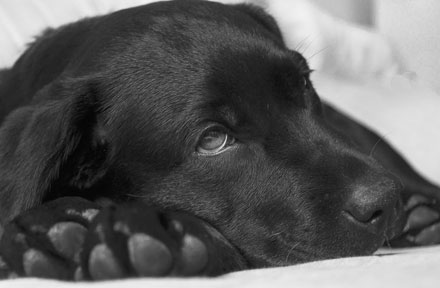
What to Feed a Sick Dog With No Appetite? [2025 Guide]
May 16, 2023
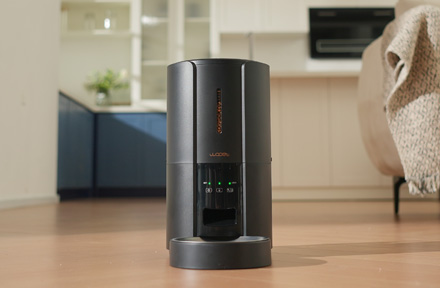
Troubleshooting Common Issues with Automatic Pet Feeders: Tips & Tricks for Pet Owners
Oct 26, 2023
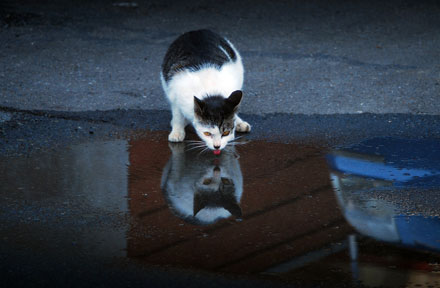
Why Does My Cat Cough After Drinking Water? 8 Potential Reasons
Mar 13, 2023
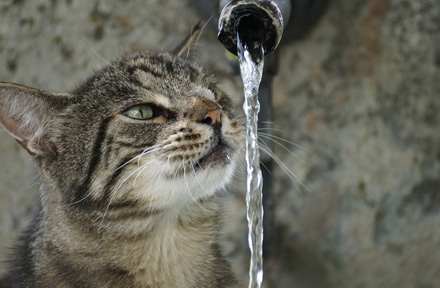
Why is My Cat Throwing up Water? Top 5 Causes Here
Feb 08, 2023
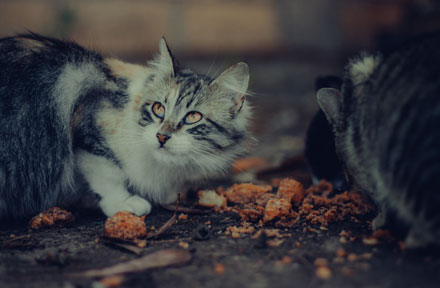
My Cat Only Eats A Little at A Time - What to Do?
Feb 27, 2023
$99.99
$129.99
Copyright © 2025 WOPET. All Rights Reserved.